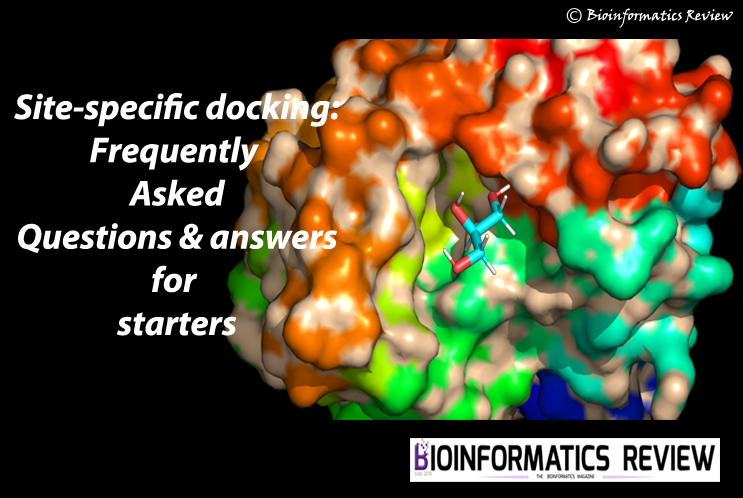This article is for beginners who are stepping into the field of bioinformatics. We will discuss some basic concepts that you need to learn while trying to enter the field of bioinformatics.
If you belong to any field other than biology, it could be difficult to understand the basics of biology. Not to mention, you cannot learn all biological concepts at once by reading different books.
Some basic biology concepts
It will be difficult to understand all biological concepts at once. So if you are not from a biology background, it will be easy to learn the most important concepts one by one. Or read the concerning topics related to your study. Some of the biology basic concepts include:
- Genetics
- Enzymes (their role and functions)
- lock and key theory
- how does your immune system work?
- Central dogma
- Evolution, etc.
Below are some basic concepts of bioinformatics that you need to learn before start making your career in the same field.
1. Biological sequence databases
Biological databases include NCBI, PDB, Uniprot, Ensembl, DDBJ, etc.. These databases are important as they contain the sequence and structure of protein or nucleotide sequences whether sequenced or hypothesized. Other databases include Drugbank, ZINC, ATLAS, etc. These databases contain different kinds of drugs including natural inhibitors, metabolites, FDA-approved drugs, and so on. They are quite useful in drug designing (we will discuss it a bit later).
2. Structure modeling
Structure modeling is amongst the basic steps involved in studying a particular protein or in the drug designing process. It could be done for a protein, DNA, or RNA. There are several webservers and software available for structure modeling.
3. Molecular docking/ Computational docking
This is one of the important techniques of bioinformatics that is utilized in the drug designing process. It helps in analyzing the interactions between a target protein and a ligand in order to select potential drugs. Different kinds of software are available to perform docking based on different algorithms.
4. Molecular dynamics (MD) simulation
MD simulation is another important technique in bioinformatics. It could be difficult to understand especially when you are from a different field such as computer science. But it is important to learn. It helps to understand the behavior of a protein, or a complex, or a molecule under simulated environmental conditions. You can check the stability of a docked complex by using this technique. Undoubtedly, you will be using software for MD simulation.
5. Command-line proficiency
It is very important to be comfortable working in a Linux environment. You will have to run a lot of software that is only command-line-based. If you think you are going to manage it using Windows, then you are wrong. You will have to work on Linux sometime. It is better you become an expert in command-line access. If you are from the field of computer science, then it is not going to be a problem.
6. Programming languages
Now, it is a must in the field of bioinformatics to learn some programming languages such as Python, R, Perl, PHP, MySQL, etc. If you can learn JAVA then it is a win! These languages are helpful in developing new software or bioinformatics tools that are in demand these days. Those belonging to the computer science field will find it quite easy.
7. Phylogenetics/ Evolutionary studies
Phylogenetics is important to understand the phylogeny of an organism or a species or a genus. You will have to learn different tools to perform phylogenetics. Evolutionary studies help to understand the evolution of a gene, protein, species, genus, or organism. You may have to use a set of tools to finally trace the evolutionary history.
8. Sequence analysis
Similarity/homology search, multiple sequence alignment, phylogenetics, and so on, all are useful methods for sequence analysis. Sequence analysis is helpful in identifying unknown sequence functions, their structure, and other important properties. You will have to learn different techniques that you can subject your sequence to for its analysis.
9. Sequencing methods and data analysis
DNA/RNA sequencing methods are another important topic in bioinformatics. That includes a next-generation sequence (NGS) and its data analysis, RNAseq-data analysis, and so on. You will find many labs working on NGS data. If you become an expert in this, then you will have many opportunities in research.
10. Database development and management
Biological databases are considered as one of the important resources of information in bioinformatics. You should learn how the databases are developed and managed on servers. Besides, learn to create websites/webpages, back-end, and front-end processing.
You can learn as many concepts as you want. An easy way to do that would be learning according to your project or research work. Try to understand the biology involved in your study one by one and then apply bioinformatics methods to reach a conclusion. Select appropriate tools for your work. You can find similar software that are used for the same purpose but their algorithms may differ. Therefore, it would be better if you do a literature survey before selecting the software for your study.





